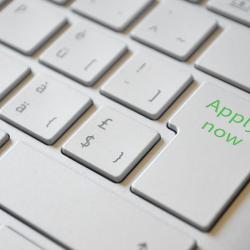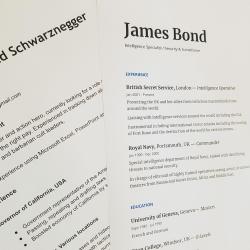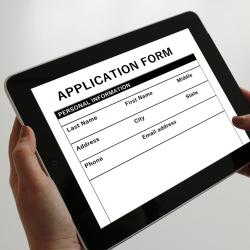Crafting a Cover Letter That Compliments Your Resume
Standing out among a sea of applicants requires more than just a well-crafted resume. A cover letter is your opportunity to provide a compelling narrative that complements and enhances your resume, leaving a lasting impression on hiring managers. While resumes are structured documents listing qualifications and experiences, cover letters offer a platform to showcase your personality, explain career transitions, and make a compelling case for why you're the ideal candidate for the job. Here’s how to craft a cover letter that works in harmony with your resume to elevate your job application.
Understanding the Purpose of a Cover Letter
Before diving into writing, it’s crucial to understand the purpose of a cover letter. It’s not merely a summary of your resume. Instead, it’s a tailored document that should:
- Demonstrate your enthusiasm for the position and the company.
- Highlight specific achievements that make you a valuable candidate.
- Explain any anomalies in your resume, such as employment gaps or career shifts.
- Provide a glimpse into your personality and communication skills.
- Encourage the hiring manager to review your resume and consider you for the role.
Structuring Your Cover Letter
A well-organized cover letter will guide the reader through a logical flow of information. Here’s a basic structure:
-
Header: Include your contact information at the top of the letter, followed by the date and the employer’s contact information.
-
Greeting: Address the letter to a specific person when possible. Avoid generic greetings like "To Whom It May Concern."
-
Introduction: Begin with a strong opening that captures attention. Mention the job you’re applying for and express enthusiasm for the position and company.
-
Body:
-
First Paragraph: Provide a brief overview of your background and how it aligns with the job requirements. Reference your resume by highlighting a key achievement or skill.
-
Second Paragraph: Dive deeper into a few specific experiences that are particularly relevant to the job. Use this space to tell a story or describe a project that doesn't fit neatly into your resume bullet points.
-
Third Paragraph: Address any potential concerns from your resume. Whether it's a career change, a gap in employment, or any other anomaly, use this section to provide context.
-
-
Conclusion: Reiterate your interest in the position and express your eagerness to discuss how you can contribute to the company. Thank the employer for their consideration.
-
Signature: End with a professional closing such as "Sincerely," followed by your name.
Tips for Writing an Effective Cover Letter
-
Tailor Each Letter: Just like resumes, cover letters should be tailored for each job application. Personalize your letter by referencing specifics about the company and how your values align.
-
Be Concise: Hiring managers appreciate brevity. Aim to keep your cover letter to one page, focusing on quality over quantity.
-
Complement, Don’t Repeat: Ensure the cover letter provides new information that’s not explicitly detailed in your resume. It should enhance the resume, not rehash it.
-
Showcase Soft Skills: While resumes often highlight technical skills, a cover letter is the perfect place to demonstrate soft skills such as leadership, teamwork, and communication.
-
Use Professional Language: Maintain a professional tone throughout your letter while allowing your personality to shine. Avoid overly casual language or jargon.
-
Proofread: Errors in a cover letter can undermine your professionalism. Carefully proofread for typos, grammatical errors, and inaccuracies.
Conclusion
A well-crafted cover letter is more than just a companion to your resume; it's an integral part of your job application package. By telling a compelling story, addressing potential concerns, and showcasing your personality, you create a narrative that can resonate with hiring managers and set you apart from other candidates. Remember, the goal is to complement your resume with a cover letter that invites a deeper look into who you are as a professional. Take the time to tailor each one thoughtfully, and you’ll be well on your way to landing the job of your dreams.






















